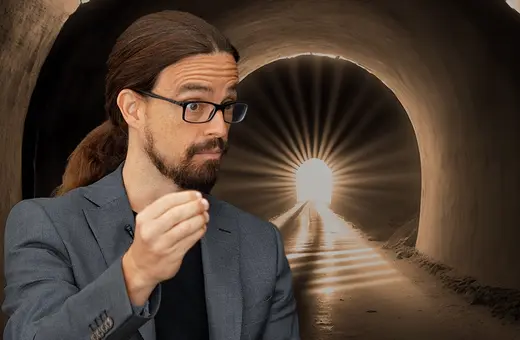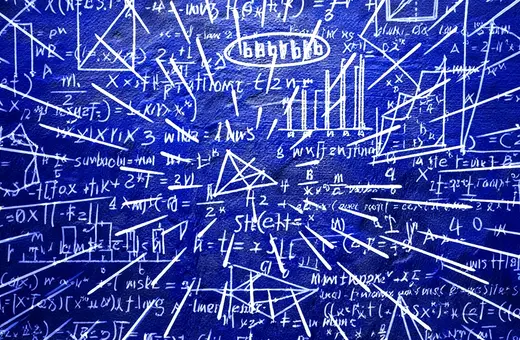Physicists often describe spacetime as a container in which the universe unfolds, but this metaphor is misleading and even obstructive. Philosopher of physics Eleanor Knox dismantles the classical view and argues for an alternative: spacetime should be understood functionally, as whatever plays the right theoretical roles in our best physical models. From string theory to emergent quantum realms, Knox shows how this shift opens the door to a deeper and more flexible understanding of reality.
What comes to mind when you think about space? By this I don't mean the nothingless void of outer space, but rather the more abstract, and yet ever present, notion - the space in which things live. That is, the space of the room you're sitting in, in which the earth resides and in which the galaxy sits. This is the space we’re talking about when we ask how many dimensions space has, or whether space is infinite.
 SUGGESTED READING
Spacetime is not a continuum, it's made up of discrete pieces
By Sumati Surya
SUGGESTED READING
Spacetime is not a continuum, it's made up of discrete pieces
By Sumati Surya
What kind of thing is this potentially infinite space? One popular conception is that it's a kind of container, arena, or backdrop for everything else - after all, I described it as the space in which things live. If you think of space like this, it's natural to think of it as a kind of thing, a substance in its own right. This view, known as substantivalism, has a long history. Isaac Newton famously thought of space like this - an immovable substance in which matter lived and relative to which motion was defined. That said, substantivalism has never been the only game in town. Renee Descartes and Gottfried Leibniz both disagreed with Newton. Leibniz, in particular, espoused relationism – he believed that space was reducible to relations between bodies, rather than an independent substance.
___
When someone claims that spacetime has extra dimensions, they’re making a claim about the fundamental container or arena in which things live – the backdrop on which reality plays out.
___
To some extent, these debates rumble on today. Philosophers have argued that certain features of general relativity rule out substantivalism – others have disagreed. But a great deal has happened to our understanding of space, time, and matter since Newton defended his view of absolute space. Most obviously, Einstein’s theories of special and general relativity seem to have united space and time into a single, four-dimensional spacetime. Developments in our understanding of matter have also had an impact. The need for a theory of quantum gravity introduces new complications. String theory is often said to propose additional spacetime dimensions – a total of 26, 11 or 10, depending on the theory. “Wavefunction realists” propose that reality really has three times as many dimensions as there are particles. Other theories of quantum gravity may lack anything like spacetime at the fundamental level altogether.
In these contexts, focus shifts away from claims about substantivalism or relationism and towards claims about which theoretical entity actually represents spacetime. Unless we know this, we can’t start to ask about the qualities of spacetime itself. Is it the four-dimensional manifold of general relativity? The ten-dimensional one of some string theory? Something non-fundamental and ‘emergent’? Various contemporary theorists take a stand on these issues. But what, exactly, are they taking a stand on? What is the content of the claim that, say, spacetime has 26 dimensions? And how are we to evaluate these claims?





















Join the conversation